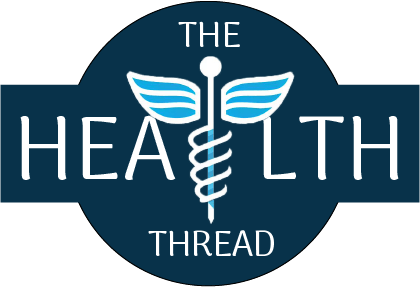Understanding and coping with anxiety and depression

Written By THT Editorial Team

Reviewed by Sabina Maharjan, Clinical Psychologist(M.Phil, IOM TUTH), Bsc Nurse
Anxiety and depression are common mental health issues that affect many people worldwide. According to the World Health Organization, depression is the leading cause of disability worldwide, and anxiety disorders affect approximately 264 million people globally. These conditions can significantly impact an individual’s quality of life, leading to difficulties in relationships, work, and daily activities. Therefore, understanding and coping with anxiety and depression are essential for improving mental health and well-being.
Understanding Anxiety and Depression: Anxiety and depression are different conditions, but they often occur together. Anxiety is a feeling of worry or fear that can be triggered by specific situations or events, whereas depression is a persistent feeling of sadness or a loss of interest in activities that were once enjoyable. Symptoms of anxiety can include restlessness, irritability, difficulty concentrating, and insomnia. Symptoms of depression can include feelings of worthlessness, loss of appetite, fatigue, and suicidal thoughts. This symptoms of anxiety and depression affects their daily functioning routines such as work, education and relationship and persistent more than two weeks.
Coping Strategies for Anxiety and Depression: There are many strategies that individuals can use to cope with anxiety and depression. These strategies include:
Seeking professional help: It’s important to seek help from a mental health professional if you’re experiencing symptoms of anxiety or depression. A therapist can provide counseling and recommend appropriate treatment options, such as medication or cognitive-behavioral therapy.
Practicing relaxation techniques: Relaxation techniques such as deep breathing, meditation, mindfulness and yoga can help reduce symptoms of anxiety and depression by promoting feelings of calm and relaxation.
Engaging in regular physical activity: Regular exercise can help improve mood and reduce symptoms of anxiety and depression. Exercise also helps promote overall physical health and well-being.
Maintaining a healthy diet: Eating a well-balanced diet with plenty of fruits, vegetables, and whole grains can help promote overall physical and mental health.
Avoiding alcohol and drugs: Alcohol and drugs can exacerbate symptoms of anxiety and depression and should be avoided.
In Nepal, mental health issues are becoming increasingly recognized as a critical public health concern. However, there is still a significant stigma associated with mental illness in many communities, which can prevent people from seeking help. The government of Nepal has taken steps to improve access to mental health services, including launching a national mental health policy and training health workers to provide mental health services.
In conclusion, anxiety and depression are prevalent mental health conditions that can significantly impact an individual’s quality of life. Coping strategies such as seeking professional help, practicing relaxation techniques, engaging in regular physical activity, maintaining a healthy diet, and avoiding alcohol and drugs can help improve mental health and well-being. In Nepal, there is a growing recognition of the importance of mental health, and efforts are being made to improve access to mental health services.


